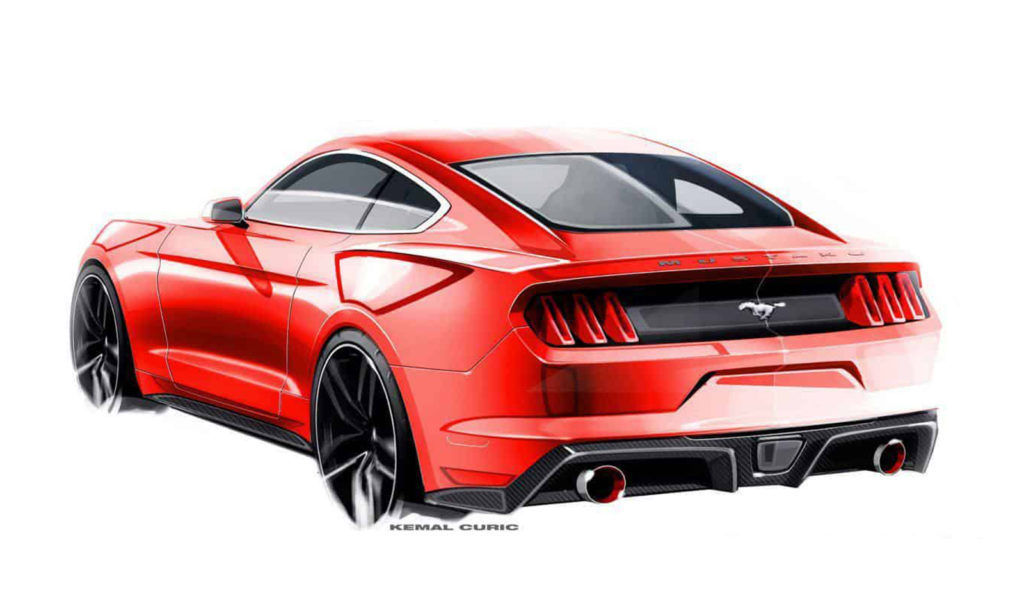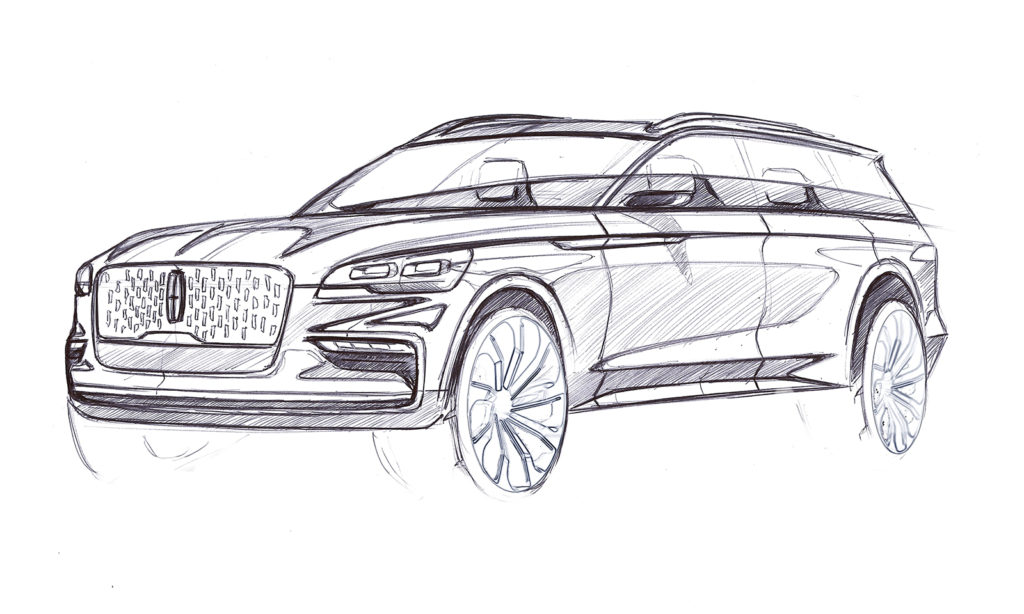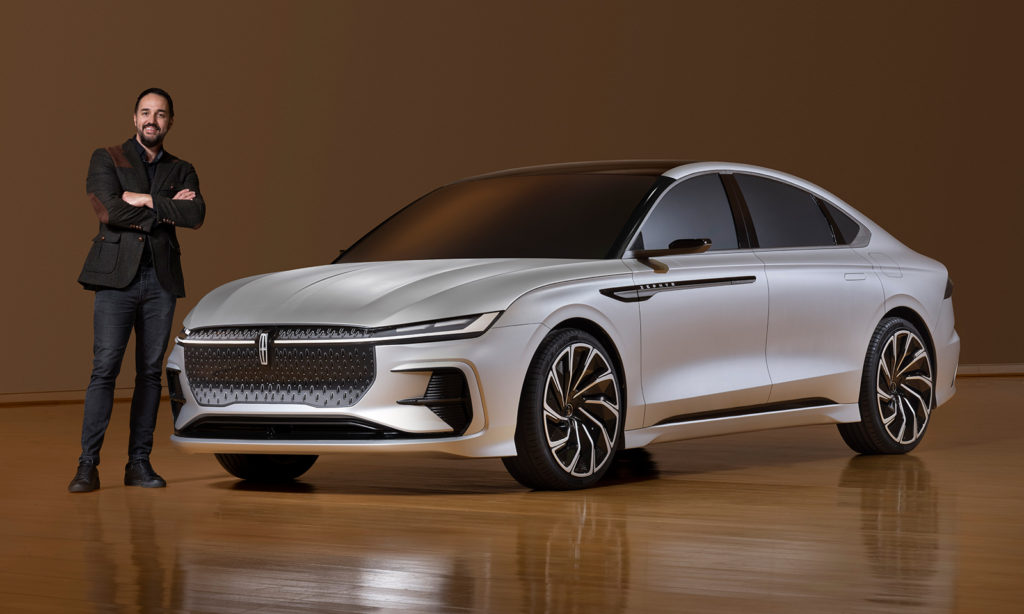At 42, he’s already designed a few American classics, including the 2015 Ford Mustang.
Growing up in the Yugoslavian city of Sarajevo during the tumultuous 1980s, the young Kemal Curic was obsessed with cars – especially American cars, particularly the Ford Mustang and Lincoln Continental.
“For me, the Mustang was the American superhero, with fantastic proportions and a V-8 that shook the ground,” he recalls. “And in every Hollywood movie, you would see this luxurious, quite elegant Continental. For me, those two vehicles represented everything America stood for and the entire world aspired to.”
Curic eventually left Eastern Europe to become a car designer. After several years working in Germany on European market vehicles, he moved to Dearborn, Michigan, in 2010. And wouldn’t you know it? He played a leading role in the much-lauded overhaul of the Ford Mustang in 2015 and the clever reboot of the Lincoln Continental in 2017.

Curic then landed a plum assignment as the chief designer of the Lincoln Aviator, a three-row, mid-sized SUV described by Road & Track as “the best American luxury car in a generation.” Reviewer Mack Hogan wrote: “To my eye, this is the first SUV since 2013 to match the current Range Rover’s elegance and athleticism, with even more intricate detailing.”
Now 42, Curic is the global design director for the Lincoln Motor Co. He presides over the Lincoln design studio in Irvine, which is one of the company’s three design hubs across the world. (The others are in Dearborn and Shanghai.)
The studio opened in Irvine in 2001 in a high-tech high-rise that Ford built to house its Premier Automotive Group, a corporate division comprising the company’s high-end brands. Although PAG was later dissolved, Lincoln designers still operate out of the original space near the Spectrum.
Curic says Southern California remains an ideal location for the studio – academic programs in the area, the ability to attract top-notch talent, forward-looking state legislation, the proximity to the entertainment industry. The list goes on and on.
“I would say that this is probably the most successful automotive studio powerhouse in the world right now,” says Curic, who lives in Irvine with his wife and three children. “I love the car culture and sustainability here. They’re very prevalent in everyday living in California.”
Curic says the studio employs about 70 people. Although his team is focused on future designs, he often looks for inspiration to the Fords and Lincolns of the past – cars built long before he was even born.
“I like the ’60s,” he says. “I like the convertibles. I like the coupes. They’re quite stunning when you see them in person, and to this day, we try to keep the exuberant proportions. If you look at today’s Aviator and Lincoln Navigator, they have the same ‘gesture’ – the proud front end and the low back end. We’ve evolved into where Lincoln came from.”

Curic refers to Lincoln’s brand philosophy as “Quiet Flight.” He applies it not only to the elegant exterior styling and sumptuous interior design but also the entire ownership experience.
“The vehicle feels like a sanctuary from the moment you walk up to it and are greeted by the beautiful orchestral chimes and the warm embrace of the lighting,” he says. “The seat adjustments know you, and the instant you close the doors, it’s completely silent. We’re striving to make our clients’ lives more effortless.”
The studio’s most recent project was the Lincoln Zephyr Reflection concept car, which previews a stunning vision of a next-gen, four-door sedan. It’s destined for China rather than American showrooms.
“Young, affluent Chinese customers want something that was designed in California – something with magic, Americana and progressive luxury,” he says.
And why not? As Curic himself can attest, you don’t have to grow up in America to appreciate American car design.
Preston Lerner is an automotive writer who also contributes to Motor Trend, Road & Track and The New York Times Magazine.










